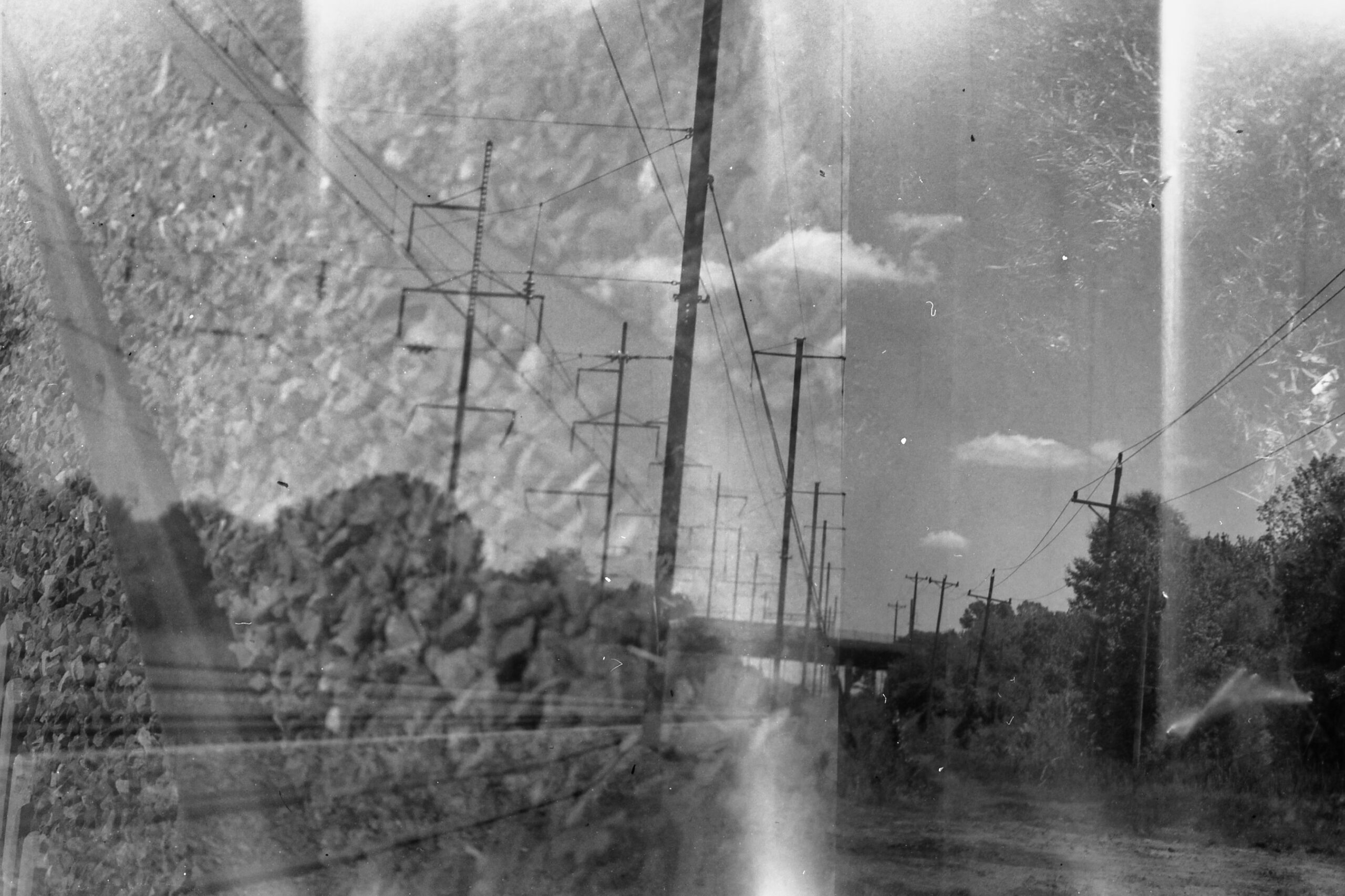Background
The Kodak No1a Autographic Junior was introduced in 1914 and was sold until 1927. It used 116 film, which was the first format of roll film ever made. The film was 70mm wide and produced 6×9 cm negatives. That is larger than 120 medium format film, which is still in use today. The camera had a folding design, which made it very compact and portable for its time. It also had two tripod mounts for horizontal and vertical shooting.

The camera came with various lenses; this one is a Kodak Anastigmat lens which was first introduced in 1908. The lens is designed to minimise distortion, has a 130mm focal distance, and a maximum f/7.7 aperture.
The autographic function was a unique feature of this camera. It required a special film that had a layer on the back that would let light through when pressure was applied. The camera had a window on the back cover that could be opened and closed with a metal door. The photographer could use a metal stylus to write notes on the film through the window, such as the date, location, or subject of the photo. The notes would show up on the negative after development; it was like analague EXIF before EXIF existed.
Using the camera really is a joy, despite the shutter release lever located on the lens itself (it would be several more years before a body-located shutter release was developed). Depending on how one holds the camera, the shutter is released either using the index finger or thumb.
I do not have any 116 film. There is 116 size film available on the market in bulk for self-rolling, which I do not do. Easier is to use an adapter for fit 120 size spools into the camera, which is what I’ve done. The adapters work by simply fitting onto each end of the spool to make it a little larger.
Using the Camera
Using the camera is pretty straight forward:
- Load the film
- Advance the film to the first frame
- Use the low-tech view finder to frame the picture
- Shutter release!
- Advance the film
The viewfinder is an interesting contraption. It’s a small box which consists of two “windows” and a mirror. It sits on a pivot so it can be swivelled to allow user vertically or horizontally, and was rather common on bellows cameras of the day; this results in many of the photos being taken at “chest level” as the photographer really needs to stand over the camera and look down into the viewfinder to frame the photo.

Advancing the film is an interesting concept on this particular camera. Medium format cameras have film which is “paper backed.” The paper helps alleviate some stray light but, more importantly, has a printout on the back so the operator knows which “frame” the film is at. It works really well, except in the situation where one uses film which is smaller than expected. The workaround is to manually keep track of how many pictures have been taken and, when needed, advance the film more than what the paper indicates. When this is not done, double exposures happen.

Which is what happened with me. Luckily, I happen to think that the double exposures which resulted turned out really well, and I’m very happy with the results. Next time, however, I’ll be looking to advance 1.25 turns.
Here are the results of which I write!









